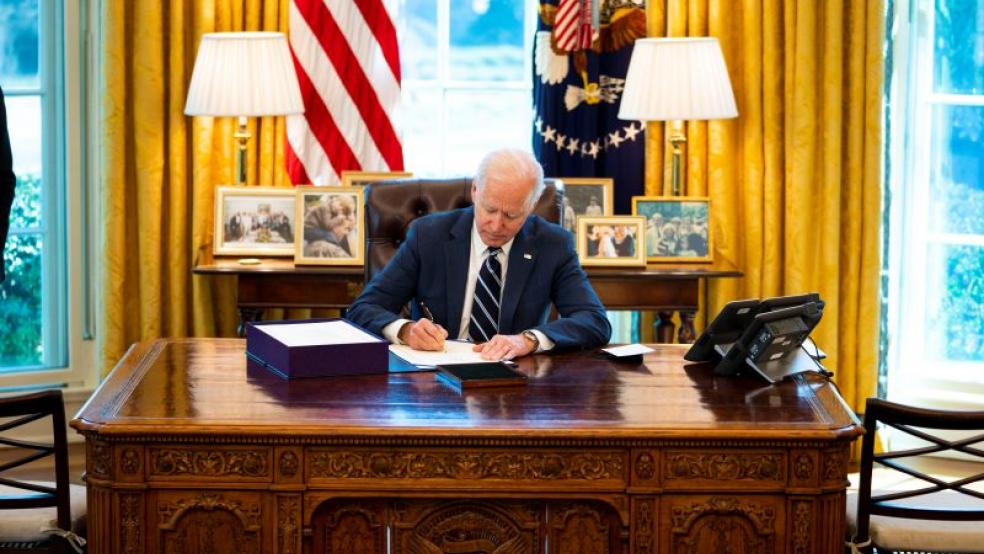President Joe Biden is proposing an array of policies that mark a dramatic shift away from decades of conventional wisdom about economics and politics in the U.S., Greg Ip of The Wall Street Journal wrote this week.
Known as the “Washington consensus” or “neoliberalism,” the conventional wisdom holds that private markets provide the best solutions to most problems, and that governments should avoid interfering in the economy as much as possible – a prohibition that includes a strong aversion to deficit spending and running up the national debt. With some variations in emphasis, that consensus basically held from Ronald Reagan to Barack Obama, a roughly forty-year reign of free-market liberalism tempered by moderate redistribution and regulation.
But Biden is offering something new, Ip says. In the wake of Donald Trump, who ignored the conventional wisdom by attacking free trade and failing to pay even lip service to the virtues of fiscal constraint, Biden has turned to a new generation of advisors who believe that neoliberalism has run its course.
What does that mean for economic policy in the Biden administration? Here’s a summary of Ip’s brief but insightful analysis:
* Growth: Grounded in scarcity, the old economic model is more concerned with supply than demand, focusing on incentives to produce more work and investment to drive growth. The new ‘Bidenomic’ model, grounded in the work of John Maynard Keynes during the Great Depression, assumes that insufficient demand is a constant drag on the modern economy, and extensive government intervention is required to push growth closer to its potential.
* Fiscal policy: Inflation is a defining problem for neoliberal policymakers and worries about sparking an inflationary spiral serve as a brake on running the economy “hot,” which would require the Federal Reserve to slow things down by raising interest rates. Influenced by years of disappointing growth, Biden’s advisers are far less concerned about inflation and see increased government spending as a crucial tool for boosting growth rates, reducing unemployment and raising wages.
* Deficit spending: Conventional economic models assume excess government spending “crowds out” private investment, pushing interest rates higher while reducing investment and long-term growth. The new view is that low interest rates betray no shortage of investment capital, so deficits have little effect on rates and are not necessarily harmful – and may even be necessary.
* Social programs: Tightly linked with conservative social views, the old economic model sees government-funded aid as inherently problematic and links most public assistance to participation in the labor market. Biden’s economic policies move toward universal assistance regardless of employment status, with an emphasis on essential activities such as caregiving that are undersupplied by the private economy.
The bottom line: Although he is concerned that “Bidenomics is more a political movement than a school of economic thought,” Ip says that the new view simply “reflects what economists have observed in the past 20 years: government debt rose sharply while interest rates fell and unemployment hit historic lows without unleashing inflation.” The main question is whether those conditions will continue to hold, boosting Biden’s attempt to rework the American political economy, or if the problems predicted by the old models reemerge, forcing yet another course change for Biden and his successors.




